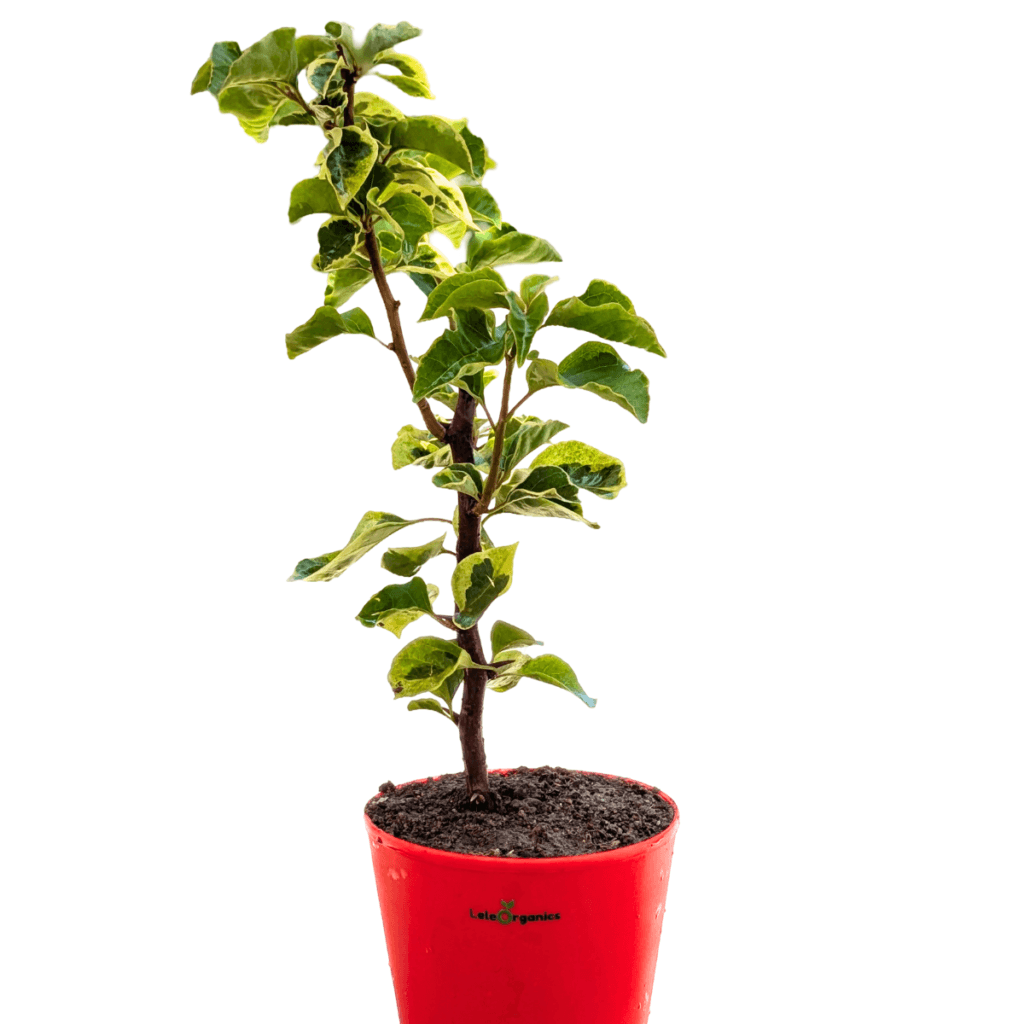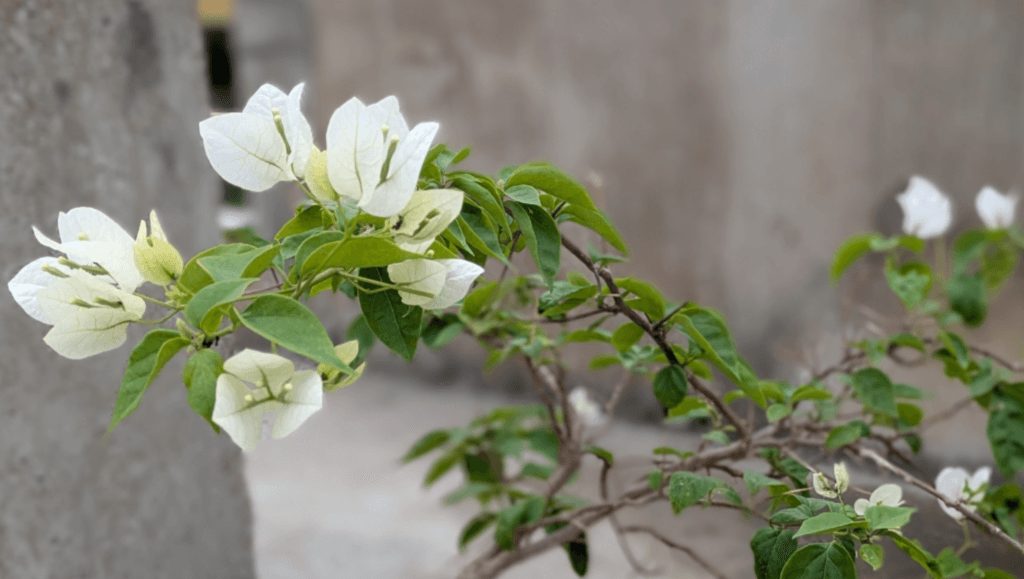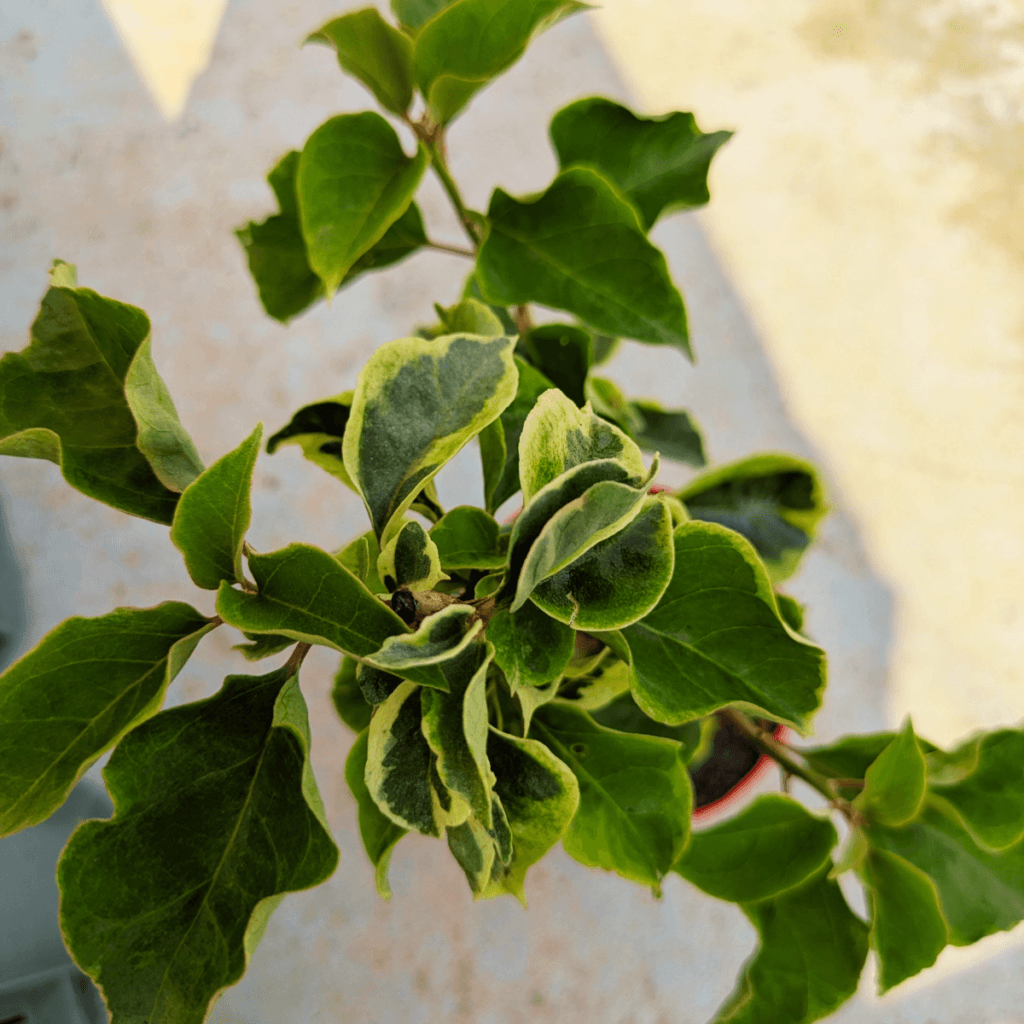Bougainvillea is a popular flowering plant, widely admired for its vibrant colors and sprawling nature. With its abundance of blooms in shades of purple, pink, red, orange, or white, it’s a favorite in gardens and landscapes around the world. The plant can be propagated through several methods, but one of the most common ways is through stem cuttings. This method is simple, effective, and accessible to even novice gardeners. In this article, we’ll explore the stem cutting method of propagating Bougainvillea, including the different types, care instructions, climate requirements, and how long it takes for propagation.
This post may contain affiliate links. If you make a purchase through these links, i may earn a small commission at no extra cost to you.

Types of Stem Cutting Method for Bougainvillea
Stem cutting is one of the most straightforward ways to propagate Bougainvillea. There are different types of cuttings you can use for propagation, and each has its own benefits and considerations. Let’s break down these methods.
Softwood Cuttings: Softwood cuttings are taken from the soft, new growth of the Bougainvillea. These are typically lighter green and more flexible. Softwood cuttings are taken during the plant’s growing season, which is usually in spring or early summer. This method is ideal for beginners, as softwood cuttings have a higher success rate when done correctly.
- Choose a healthy, young stem that is green and not yet woody.
- Use a sharp, clean knife or pruning scissors to cut a 4-6 inch (10-15 cm) length of the stem, ideally just below a node (the point where leaves grow).
- Remove the leaves from the lower half of the cutting, leaving a few leaves at the top.
- Dip the cut end in rooting hormone to encourage root growth (optional but helpful).
Semi-Hardwood Cuttings: Semi-hardwood cuttings are taken from stems that have started to mature but are still somewhat flexible. These cuttings are usually taken in mid-summer to early fall, once the plant has finished its peak growing season but before it becomes fully woody. While they may take longer to root than softwood cuttings, they can produce strong, healthy plants.
- Select a stem that is more mature than softwood but still flexible.
- Cut a piece that’s about 4-6 inches long, again just below a node.
- Remove excess leaves, and dip the cut end in rooting hormone if you wish.
Hardwood Cuttings: Hardwood cuttings come from fully mature, woody stems of Bougainvillea. These are typically taken during the plant’s dormant period (late fall to winter). While rooting hardwood cuttings can be a bit more challenging, it can be successful if done carefully.
- Choose a healthy, woody stem and cut a 4-6 inch segment.
- Cut just below a node and remove any excess leaves or branches.
- Treat the cut end with rooting hormone to help encourage root growth.
- Keep these cuttings in a warm, humid environment to promote root development.
Care Instructions for Bougainvillea Cuttings

After taking the Bougainvillea stem cutting, it’s important to provide the right environment to encourage rooting and healthy growth. Here are some care tips for your Bougainvillea cuttings:
Watering: Water the cuttings immediately after taking them and then keep the soil moist (but not soaked) for the first few weeks. Overwatering can cause the cuttings to rot, so make sure the soil drains well. Once the cuttings develop roots, you can reduce the watering frequency, but be mindful not to let the soil dry out completely.
Humidity: Bougainvillea cuttings need a high level of humidity to encourage root formation. To maintain humidity, you can place a plastic bag or a clear plastic dome over the pot containing the cuttings. This creates a mini greenhouse effect that retains moisture and warmth. Just be sure to provide some ventilation to avoid mold growth.
Light: Bougainvillea cuttings require bright, indirect light. Direct sunlight can cause the cuttings to dry out or get sunburned. Place the cuttings in a location with plenty of light but shielded from the harsh midday sun. An east-facing window is often ideal for this purpose.
Temperature: Bougainvillea thrives in warm conditions. The ideal temperature for rooting Bougainvillea cuttings is between 70-75°F (21-24°C). Keeping the cuttings in a warm, stable environment will speed up the rooting process and help the plant grow healthy roots.

Soil: Bougainvillea cuttings need well-draining soil to prevent waterlogging and root rot. Use a soil mix that consists of equal parts of potting soil, perlite, and sand. The perlite helps with drainage, while the sand improves aeration. This type of soil will allow the roots to develop well without suffocating the cutting.
Rooting Hormone (Optional): While not strictly necessary, rooting hormone can be very helpful in encouraging faster root development for Bougainvillea cuttings. Simply dip the cut end of the cutting into the hormone powder before planting it in the soil. The hormone promotes cell growth and encourages roots to form more quickly.
Climate and Environmental Requirements
Bougainvillea plants thrive in warm, tropical, or subtropical climates. They prefer long, hot summers and mild winters. Here are some of the climate factors to consider when propagating and growing Bougainvillea:
Temperature: Bougainvillea plants are heat-loving and need temperatures ranging from 60°F (15°C) to 100°F (38°C). They do not tolerate frost well, and prolonged exposure to cold temperatures can damage the plant. When propagating Bougainvillea from cuttings, it’s important to maintain a warm environment to encourage rooting. In colder climates, propagating indoors in a temperature-controlled room is recommended.
Sunlight: Bougainvillea plants thrive in full sunlight, and the more sun they receive, the more vibrant their flowers will be. When propagating, ensure that your cuttings get at least 4-6 hours of indirect sunlight daily. However, once they are rooted and planted in the ground or in larger pots, they should be placed in full sunlight to thrive.
Humidity: Bougainvillea prefers moderate humidity but can tolerate drier conditions once established. During the propagation process, especially for cuttings, maintaining high humidity (50-60%) is essential to help the cuttings root. Once the plant is fully grown, it can adapt to drier conditions, but it will always perform best in a moderately humid environment.

Propagation Time
The time it takes for Bougainvillea stem cuttings to root and grow depends on various factors, such as the method used, the environment, and the plant’s overall health. However, on average, here’s what you can expect:
Rooting Time
- For softwood cuttings, you should begin to see roots forming in about 2-4 weeks.
- For semi-hardwood cuttings, rooting can take a little longer, typically 4-6 weeks.
- For hardwood cuttings, the rooting process can take up to 8-12 weeks, or even longer, so patience is key.
Growth After Rooting: After your cuttings develop roots, you’ll need to wait a few more weeks before transplanting them into their permanent location. Once rooted, the new Bougainvillea plants can start growing more vigorously, especially when provided with sufficient sunlight and warmth. Expect to see new leaves and growth in 1-2 months after rooting.
Transplantation: Once the cuttings have established a healthy root system and are showing signs of growth, they can be transplanted into larger pots or into the garden. Be sure to harden off the plants gradually if you’re transplanting them outdoors to ensure they adjust to the outdoor conditions without shock.
Conclusion
Propagating Bougainvillea through stem cuttings is an enjoyable and rewarding experience for any gardener. Whether you’re taking softwood, semi-hardwood, or hardwood cuttings, following the right care instructions is key to success. With the right climate, environment, and patience, you’ll soon have new Bougainvillea plants ready to brighten your garden or home. The process may take several weeks to months depending on various factors, but the effort is well worth it when you see those vibrant blooms in full glory.







